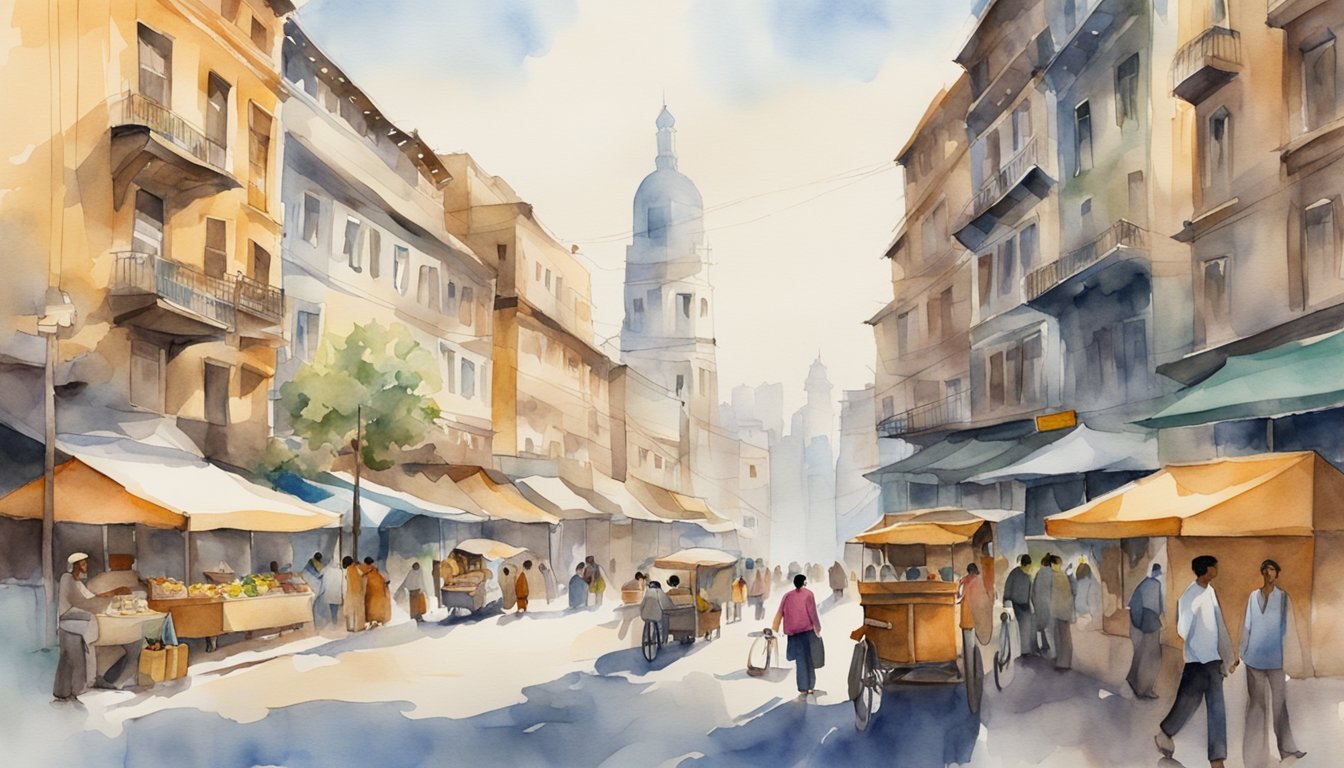Heart of the City: New York Landmarks
The Iconic Statue of Liberty
The Statue of Liberty is one of the most well-known symbols of New York City. Located on Liberty Island in New York Harbor, it was a gift from France in 1886. The statue stands as a symbol of freedom and democracy, welcoming visitors from around the world.
Empire State Building: An Architectural Wonder
The Empire State Building is another must-see landmark in the heart of Manhattan. Completed in 1931, this historic skyscraper stands tall at 1,454 feet, offering breathtaking panoramic views from its observation deck. The structure was an impressive feat of engineering in its time and remains an enduring symbol of New York City.
Brooklyn Bridge: Engineering and History
Connecting Manhattan and Brooklyn, the Brooklyn Bridge is a significant piece of New York City’s history and engineering. Completed in 1883, the bridge spans 1,595 feet across the East River, welcoming both pedestrians and vehicles. The Brooklyn Bridge is one of the oldest and most iconic suspension bridges in the United States.
Times Square: The Pulse of NYC
Located in the heart of Manhattan, Times Square is a bustling center of New York City life. Known for its bright lights and iconic billboards, Times Square attracts millions of tourists every year. From the New Year’s Eve ball drop to Broadway shows, Times Square offers a unique, exhilarating flavor of the city that never sleeps.
Central Park: An Urban Retreat
In the middle of the bustling city lies Central Park, an urban oasis stretching over 840 acres. It offers locals and visitors a tranquil space for recreation, relaxation, and cultural activities. What’s fascinating about the park is the Central Park Mall, the only straight path in the park, which adds to its unique charm.
New York City is home to countless iconic landmarks, each with its fascinating history and significance. Exploring these landmarks allows visitors to gain a deeper appreciation for the city’s unique blend of culture, architecture, and urban life.
Cultural Mosaic: The People and Their Stories

New York’s Diverse Languages
New York City is known for its cultural diversity, with a population of over 8.3 million people, including a significant number of immigrants. As a result, the city is one of the most linguistically diverse places in the world. With over 800 languages spoken, it is truly a melting pot of cultures.
The city began as a Dutch colony under the name New Amsterdam and was later renamed New York after it was given to the Duke of York in 1664. This rich history laid the foundation for the diverse languages spoken today, from Dutch to Chinese, Yiddish, Spanish, and many more.
Historic Moments: From Stonewall to Wall Street
New York City has witnessed numerous historic moments throughout its existence. The city saw the birth of the financial district on Wall Street and the Stonewall riots in Greenwich Village, which marked the beginning of the modern LGBTQ+ rights movement.
These events, among others, have shaped New York’s identity and contributed to its cultural tapestry, making it a fascinating destination for history buffs.
The Melting Pot: NYC’s Vibrant Neighborhoods
The city is divided into the five boroughs: Manhattan, Brooklyn, Queens, Staten Island, and the Bronx. Each borough has its own distinctive character and hosts a diverse range of communities.
For example, Queens is known for its kaleidoscope of cultures and is home to a large Chinese population, a significant Jewish community, and a sizeable Puerto Rican population. Meanwhile, Brooklyn has become a hub for hipsters, tech start-ups, and various ethnic enclaves.
One peculiar yet fascinating aspect of New York City’s culture revolves around pizza. The so-called “pizza principle” is an informal economic indicator that suggests that the price of a pizza slice correlates with the cost of a subway ride. This has been true over the years, even as pizzerias and subway prices have evolved.
In conclusion, New York City’s linguistic and cultural landscape is a testament to its diverse roots. With a rich history of migration and cultural exchange, the city has become a melting pot of languages, cultures, and experiences. So, whether you are exploring the vibrant neighborhoods of the five boroughs or simply enjoying a slice of pizza, remember the remarkable story of New York City and how its people have come to form a unique and dynamic cultural mosaic.

